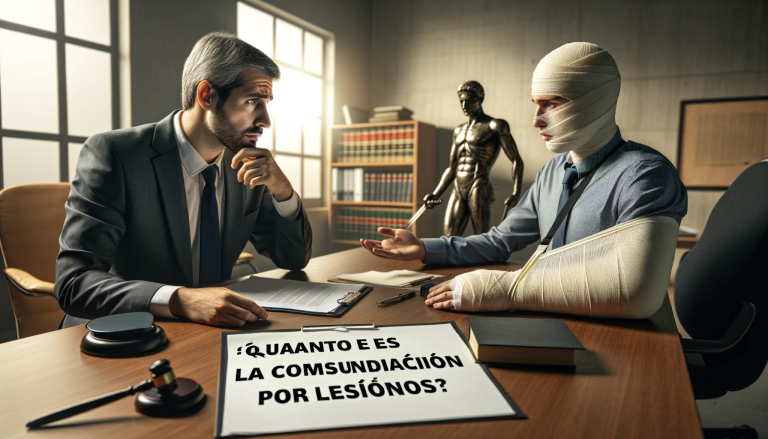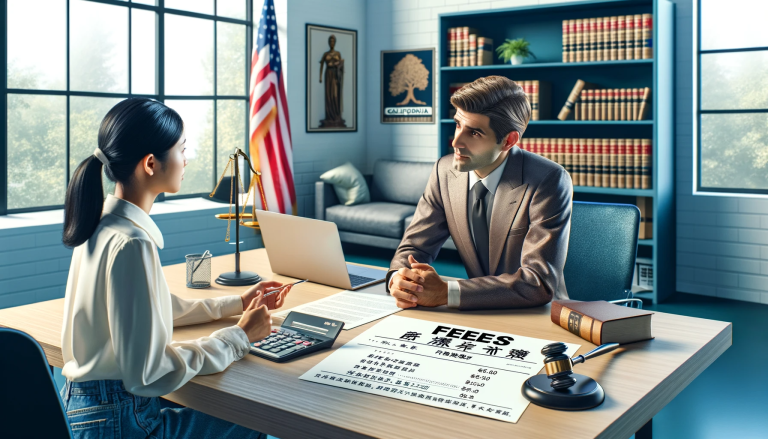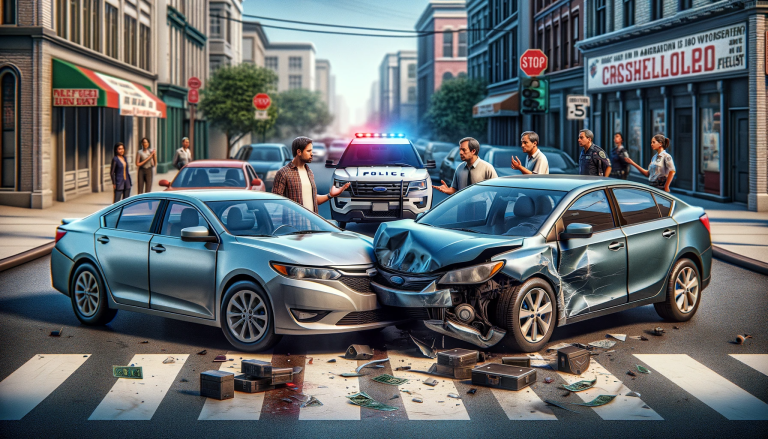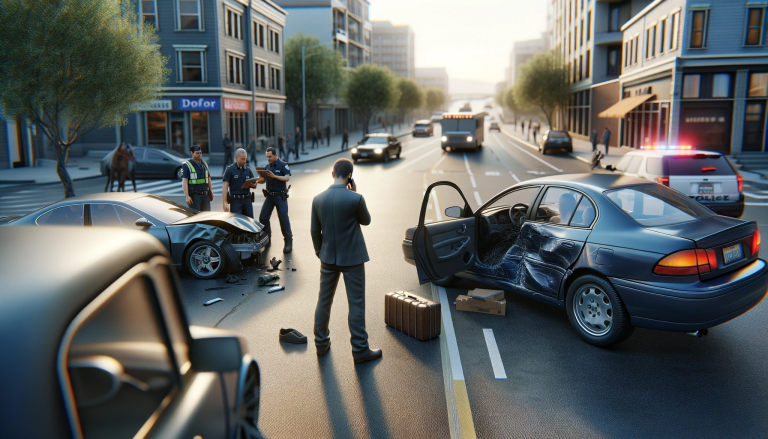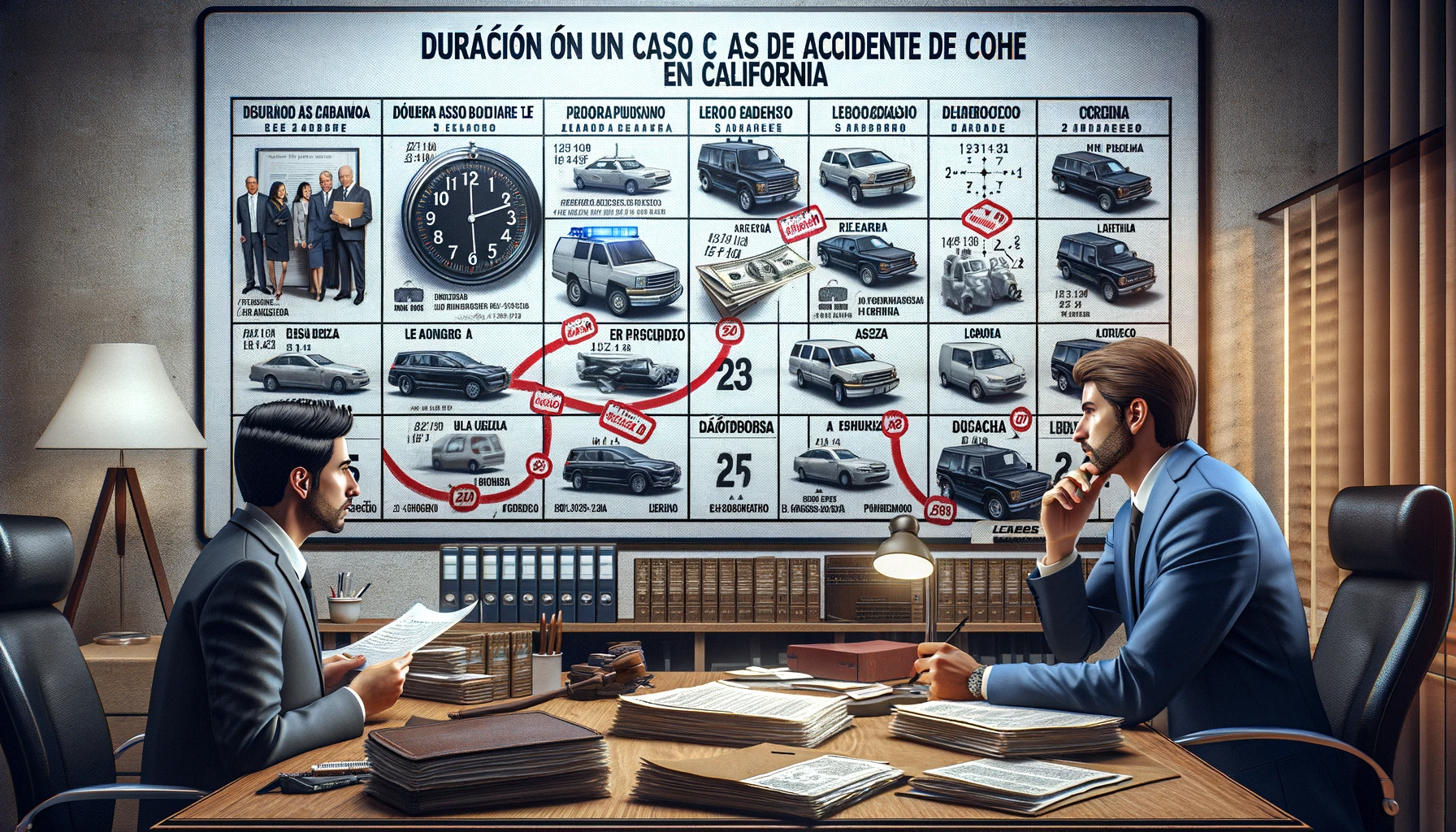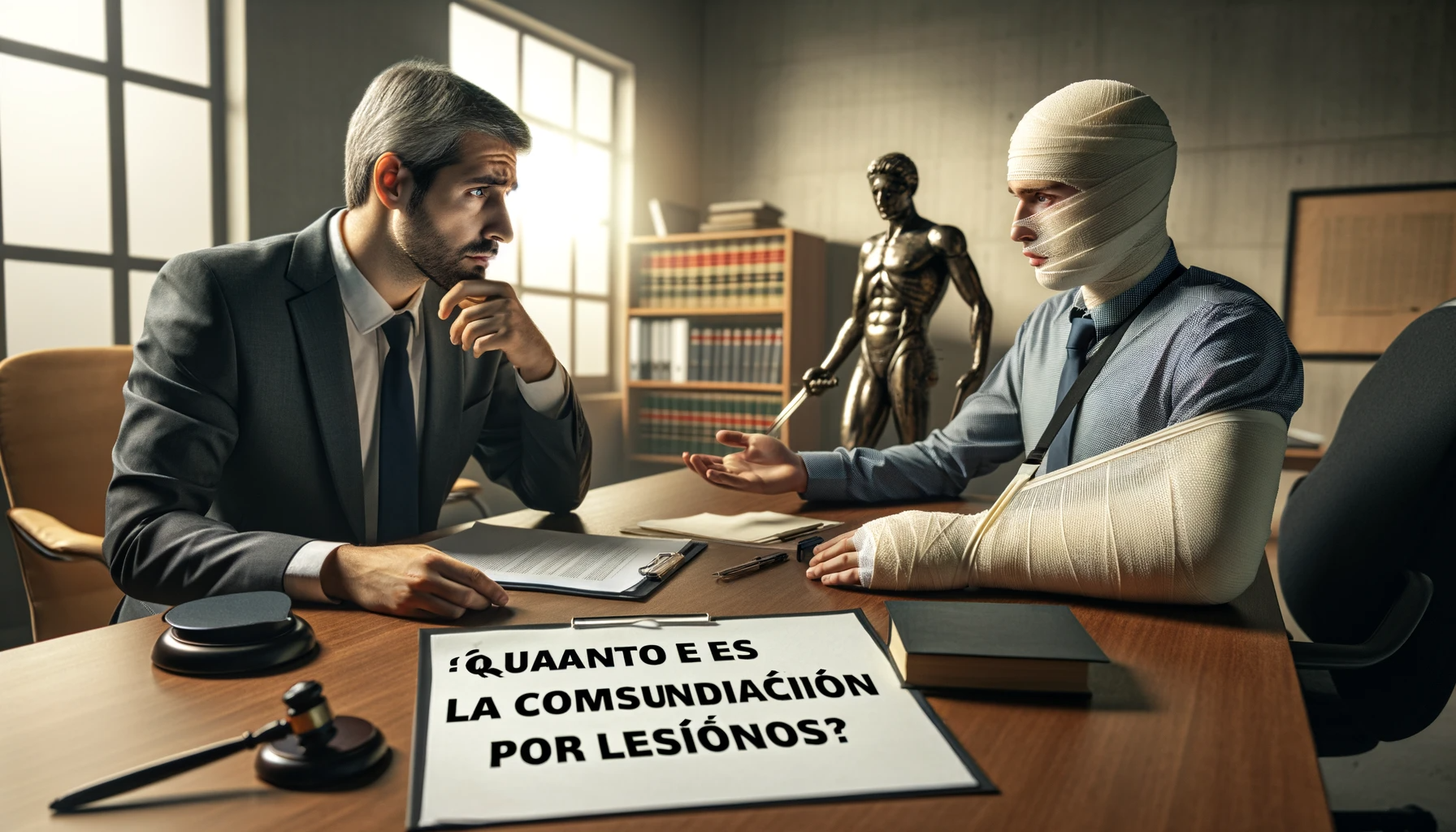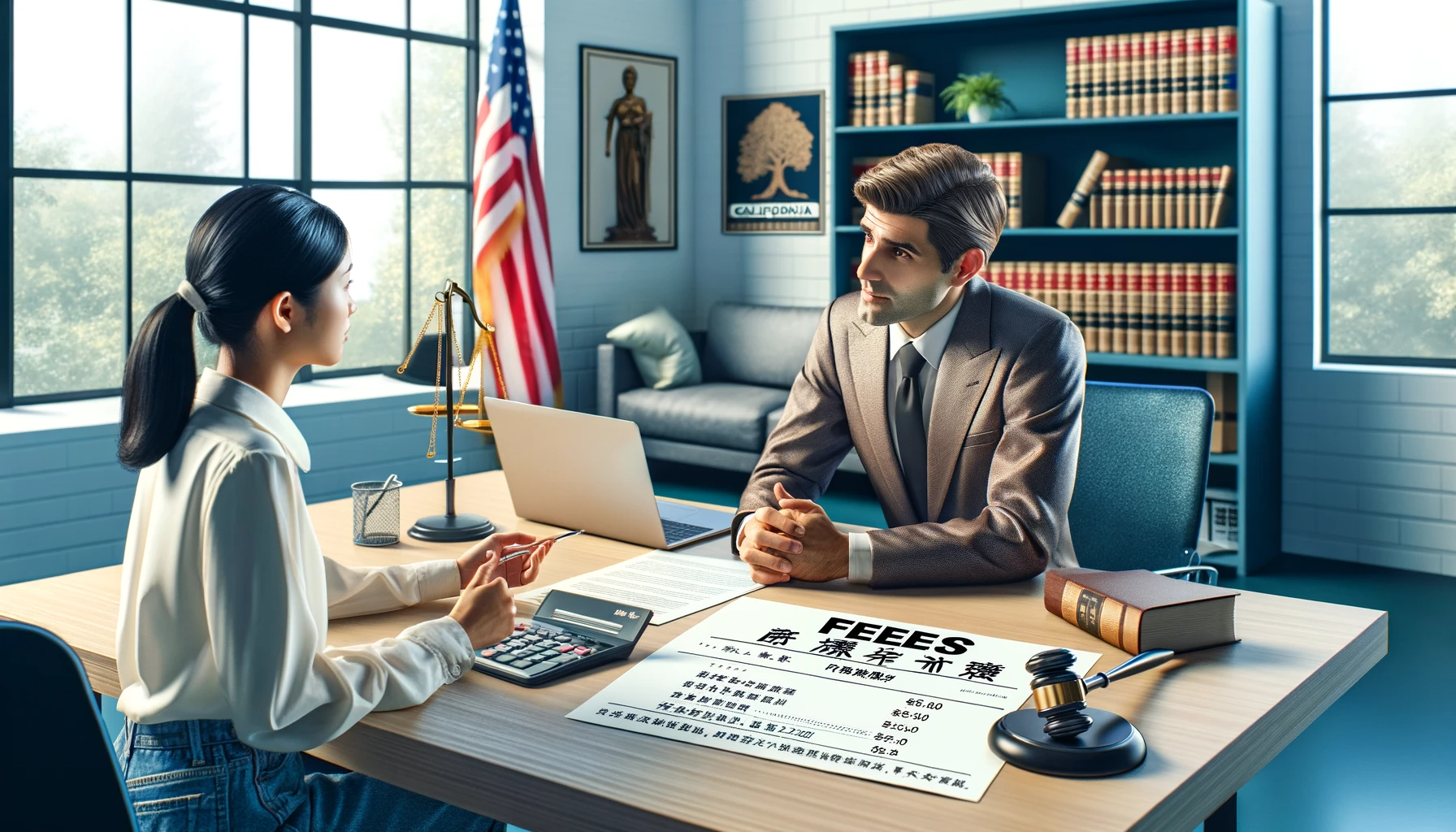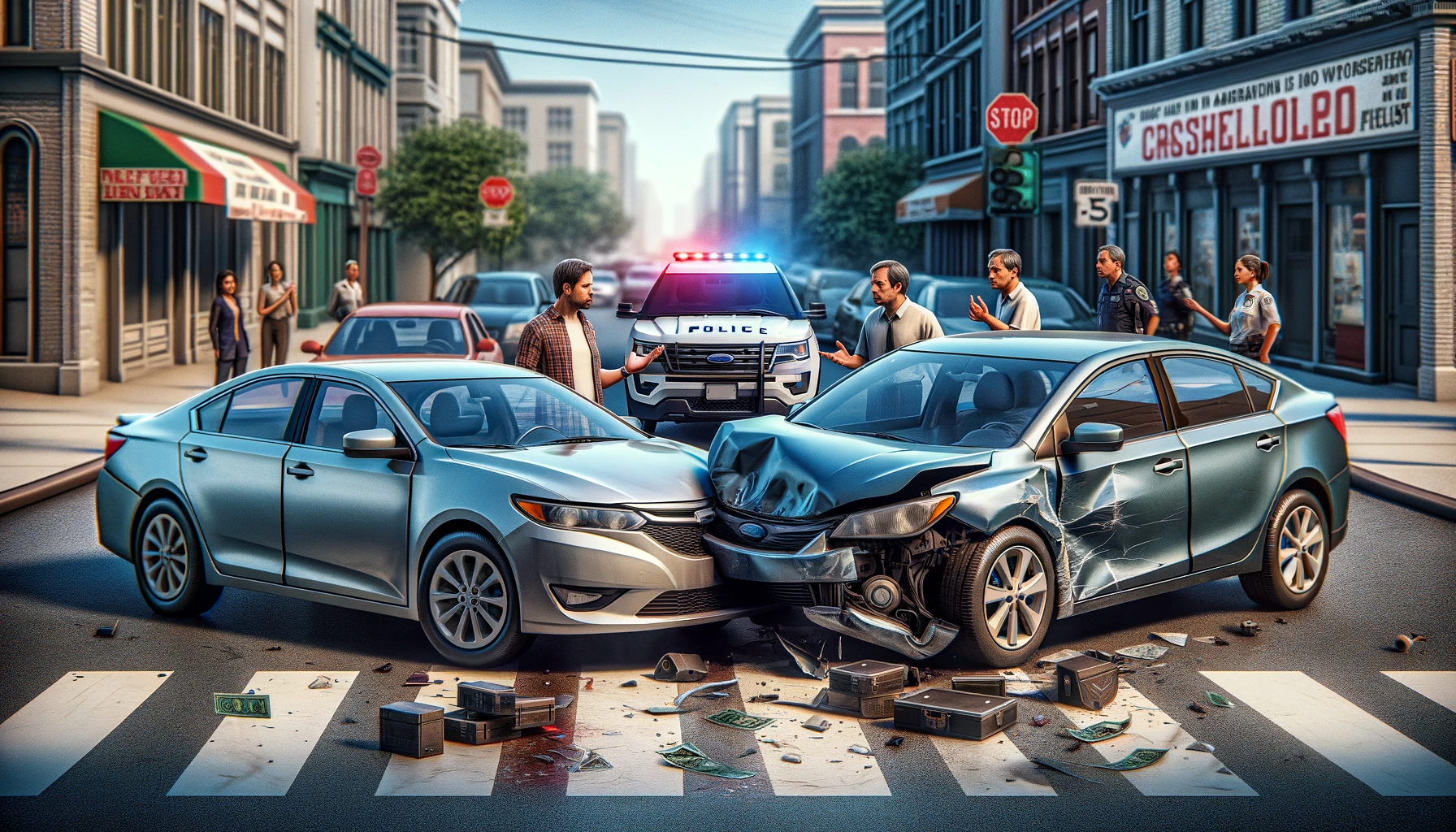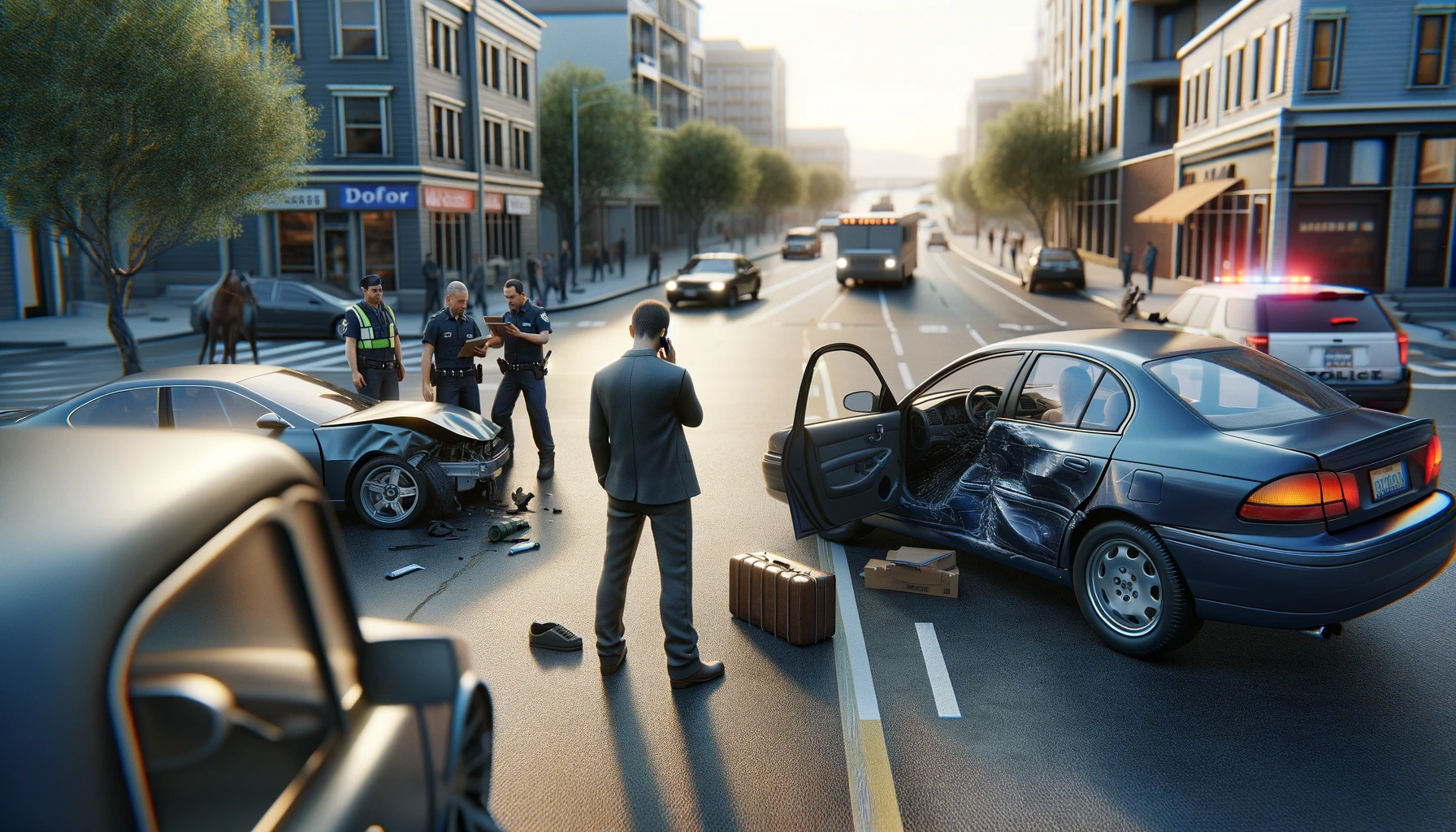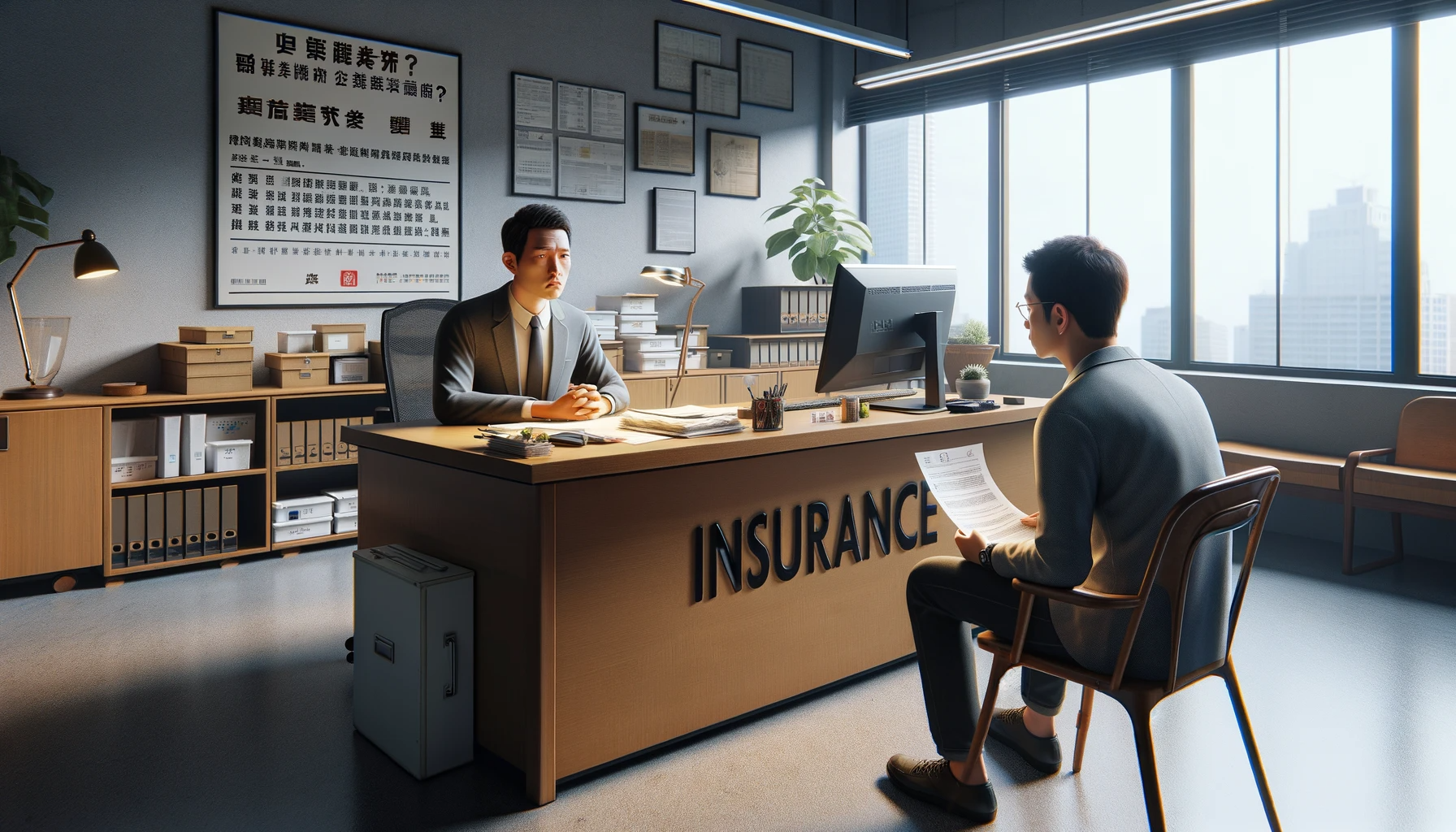Introduction to Car Insurance Policies
Before diving into the aspects that car insurance policies do not cover, let's first understand what a car insurance policy generally includes.
What is Car Insurance?
Car insurance is an agreement between you and your insurer, where you pay a certain amount of money (premium), and in return, the insurer helps cover your financial losses in case of a car accident or theft. This contract outlines the circumstances under which the insurance company will provide coverage and how much they will pay for each type of loss.
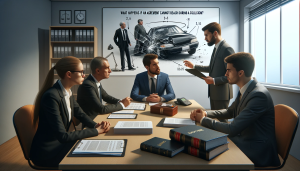
The Types of Car Insurance
Typically, there are three main types of car insurance: Third-Party Only (TPO), Third-Party, Fire, and Theft (TPFT), and Comprehensive Insurance. TPO provides cover if you cause damage or injury to any other person, vehicle, property, or animal. TPFT covers everything that TPO does, along with damages to your car due to fire or theft. Comprehensive insurance provides the broadest coverage, including personal injuries and damages to your car, besides what’s covered under TPO and TPFT.
Common Coverages of Car Insurance Policies
A standard car insurance policy generally covers several key areas. These include liability coverage for injuries and property damages caused to others, collision coverage to help repair your car after an accident, comprehensive coverage for damages not caused by a collision like vandalism or natural disasters, and medical payments or personal injury protection to cover your or your passengers' medical bills after an accident.
Optional Coverages in Car Insurance
There are also additional coverages that can be included in your policy based on your specific needs and concerns, such as uninsured/underinsured motorist coverage, road assistance, and rental reimbursement. Each of these coverages has certain conditions and limits stated in the policy, which dictate how and when they apply.
Understanding these aspects of a car insurance policy will help you better comprehend the areas that are usually not covered, which we will discuss in the following sections of this article.
Understanding Comprehensive and Collision Coverage
Basics of Comprehensive and Collision Coverage
Comprehensive and collision coverage are two fundamental components of auto insurance. Comprehensive insurance provides protection against damage to your vehicle that is not caused by a collision. Non-collision related damages can include events such as theft, vandalism, fires, natural disasters, or damage from animals.
Collision coverage, on the other hand, covers damage to your vehicle that occurs as a result of a collision, regardless of whether it is with another vehicle, a structure or an object. Essentially, if you're at fault and your car is damaged, your collision coverage will step in.
How These Coverages Work
When it comes to filing a claim for either comprehensive or collision, you'll first need to pay your deductible. The deductible is the amount you agree to pay out-of-pocket before your insurance starts to pay. Deductibles can usually be chosen when you purchase your policy and can range anywhere from $250 to $1,000. Any repair costs over and above your deductible will be covered by your insurer.
Choosing Your Coverage Levels
Deciding between comprehensive and collision coverage is largely a matter of assessing your risk and your financial ability to cover any potential damages. If you have a newer or more valuable car, investing in both types of coverage can provide protection in a variety of scenarios. However, if your vehicle is older or not worth much, you may decide to skip these coverages as the premium and deductible may exceed the value of the car.
Exclusions You Should Know About
It's important to note that while comprehensive and collision coverages can provide substantial protection, they do not cover everything. Specifically, they do not cover medical expenses for injuries sustained in an accident, damage to other people’s property, or damage to your vehicle due to poor maintenance. You would need different coverages, like liability and medical payments coverage, to help with those costs.
Why It Matters
Comprehensive and collision coverages can play a crucial role in keeping your finances protected in case of an unfortunate event. By understanding these insurance components, you can make an informed decision about the level of coverage that best suits your needs and circumstances.
Exclusions in Typical Car Insurance
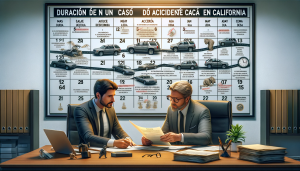
Personal Belongings Inside the Vehicle
While your car insurance policy can cover the vehicle itself, it typically does not extend to personal belongings inside the car. This might include items such as laptops, mobile phones, or any other valuables left in your car. If these items get damaged or stolen during an accident or a burglary, the cost of replacing these items is usually not covered by standard car insurance policies.
Damage Due to Normal Wear and Tear
Car insurance policies are primarily designed to cover unexpected damages or losses arising from accidents, thefts, or natural disasters. They aren't meant to cover gradual deterioration caused by regular use of the vehicle. This means elements like mechanical breakdowns, tire replacements, or damages incurred due to lack of maintenance are generally not covered by your car insurance.
Damages from Acts of War or Nuclear Risks
If your vehicle is damaged due to acts of war, terrorism, invasion, civil war, rebellion, revolution, or military coup, your car insurance policy is unlikely to cover it. Additionally, damages or loss associated with nuclear risks, ionizing radiations, or contamination by radioactivity are also beyond the scope of typical car insurance coverage.
Driving Under the Influence
If the driver of the insured vehicle gets into an accident while under the influence of drugs or alcohol, the ensuing damages will most likely not be covered by car insurance. Car insurances often have a clause excluding coverage for accidents caused due to impaired driving.
Unauthorized Driver Scenarios
Typical car insurance policies offer protection only when the vehicle is driven by an authorized person. An authorized person usually refers to one whose name is registered in the policy document. Hence, if an accident occurs while someone not listed in the policy was driving, the insurance company may refuse to cover the damages.
Excluded Drivers and Unauthorized Use
Understanding Excluded Drivers
Car insurance policies typically list insured drivers – those allowed to operate the insured vehicle under the policy's protection. A driver can be excluded from this list in certain circumstances. Excluded drivers are individuals living in your household or regular users who are not covered by your insurance policy. This simply means that if an excluded driver uses your car and results in an accident, your insurance policy will not cover the damages.
The Implications of Unauthorized Use
Unauthorized use of your vehicle is another area not typically covered by auto insurance. Unauthorized use refers to situations where someone drives your car without your prior knowledge or consent. Should a theft result in an accident or damage, your comprehensive insurance might cover it, but not the liability or collision aspects.
The Role of Permission in Coverage
Consent plays a significant role in coverage. For instance, if you allow an individual not listed on your policy to use your car occasionally, they should fall under 'permissive use' and should be covered. However, regular users who are not listed can be considered unauthorized users, leading to issues if they cause an accident.
Policy Rules on Excluded Drivers
Insurance companies have strict rules regarding excluded drivers. If an excluded driver operates the insured vehicle, even unknowingly, it could lead to the denial of a claim or even a policy cancellation. It's crucial to update your policy when new drivers join your household or regularly use your car.
Unlicensed and High-Risk Drivers
Additionally, insurance doesn't cover unlicensed drivers. If someone without a license operates your car and gets into an accident, your insurance won't cover it. Also, high-risk drivers, like those with numerous accidents or DUIs, may also be excluded, as their poor record could substantially increase your premium.
Damage from Natural Disasters and Acts of God
Uninsured Natural Phenomena
It is important to note that car insurance policies do not necessarily cover all types of natural disasters. While some insurers may offer protection against damages from events such as fire or hail, damages from earthquakes, floods, or other extreme weather conditions are frequently not included in standard policies. For example, if your vehicle suffers water damage due to a flood, the repair costs will usually need to be covered out of pocket unless you purchased additional coverage specifically for this type of event.
Impact of Acts of God
The legal term 'Act of God' refers to an extraordinary, unpredictable and unpreventable event caused by forces of nature that could not have been evaded through the use of caution, preparation, or foresight. Such events include tornadoes, hurricanes, volcanic eruptions, and tsunamis. These conditions prove to be beyond human control and car insurance often does not cover damages incurred from them. So if your vehicle is damaged during an unforeseen 'Act of God', it may not be insured under traditional policies.
The Limitations of Comprehensive Coverage
While comprehensive coverage is often lauded as a catch-all solution, it has its limitations when addressing natural disaster and 'Act of God' damage. Yes, comprehensive insurance can cover incidents outside of collisions such as theft, vandalism, or fire, but it may not protect against all types of natural disaster damage. Each policy differs, so it's crucial to thoroughly read the terms and conditions before making a decision.
Purchasing Additional Coverage
Because standard auto insurance policies may not provide sufficient protection against natural disasters and acts of God, many policyholders choose to purchase additional coverage. This is particularly recommended if you live in an area prone to certain types of natural events, like hurricanes or floods. These add-on policies typically cover the gaps left by standard coverage, ensuring that you are financially protected in the event of extraordinary circumstances.
Importance of Understanding Your Policy
It's vital to fully understand what your car insurance policy does and does not cover. Don't assume that you're automatically covered against all types of damage. If you have concerns about potential exposure to natural disasters or acts of God, discuss these with your insurance provider. They can give you a clear breakdown of your coverage and advise on any additional insurance you may need to protect your vehicle comprehensively.
Personal Items and Custom Parts
Exclusions Related to Personal Possessions
Car insurance typically does not cover personal items that are stolen or damaged inside your vehicle. These may include electronic devices, clothing, tools, or any other personal possessions. This exclusion applies even if these items were in your car at the time of the theft or damage. If such a situation arises, you would have to claim these losses with your house or renters insurance, if you have any.
Understanding Custom Parts Coverage
Most car insurance policies do not automatically cover custom parts and equipment installed in your vehicle. These may include high-end audio equipment, aftermarket wheels, performance upgrade components, custom paint jobs, and more. These items significantly increase the value of your car, and therefore, must be specifically covered under additional coverage options known as custom parts and equipment coverage.
Implications of Aesthetic Modifications
Many car owners enhance their vehicles with aesthetic modifications. These could range from custom vinyl wraps to specialized interior enhancements. It's important to be aware that most standard auto insurance policies don't provide coverage for these types of alterations. Any damage incurred to these parts would need to be repaired or replaced out of pocket unless specified otherwise in your policy.
Limitations on Expensive Installments
Luxurious additions to your vehicle, such as leather seats, high-tech features, or advanced navigation systems, may not necessarily be covered under a standard car insurance policy. These add-ons often exceed base coverage limits, necessitating additional coverage to be fully insured. Therefore, drivers should disclose any upscale modifications to ensure that they have sufficient coverage.
Role of Additional Equipment Coverage
Additional equipment coverage is a separate supplement that covers custom parts and installations. This coverage may require an extra premium, but it fills the gap left by a standard car insurance policy. If your car comes with factory-installed custom parts, check with your insurance agent to understand how these parts are covered under your policy. In the absence of such coverage, any loss or damage related to these parts may not be compensated by your insurer.
Conclusion: Making Sense of Your Car Insurance Policy
Understanding Car Insurance in Detail
While it is both a legal obligation and common sense to get a car insurance policy, understanding what is not covered by your policy can help you avoid financial pitfalls in the future. Being aware of the ins and outs can prevent misunderstanding, dispute with the insurance company, and disappointments during claims.
Addressing The Exclusions
Car insurance policies explicitly lay out certain exclusions. Knowing these can help you maintain a realistic expectation from your policy and guide you on what aspects you need to be cautious about. Common exemptions include intentional damage, natural disasters (unless specified), personal belongings left in the car, and mechanical failures.
The Importance of Comprehensive Coverage
A comprehensive coverage may offer additional protection beyond the scope of standard policies. While it might come at a higher premium, it provides coverage against theft, vandalism, fire, and natural disasters among other things. It's essential to weigh the costs against potential benefits.
Policy Customization: A Viable Option
Customizing your car insurance policy can offer additional coverage for specific needs. You could consider add-ons such as zero depreciation cover, engine protect cover, roadside assistance, etc. However, each add-on increases your premium, so it is crucial to choose only those that align to your needs and concerns.
The Role of Regular Maintenance
Regular maintenance of your vehicle plays a pivotal role in the coverage of your car insurance. Many policies exclude coverage for damages due to poor maintenance or wear and tear. Hence, responsible vehicle ownership and spotting potential issues well in advance can save you from hefty expenditures in the long run.
Conclusion
In conclusion, car insurance serves as a crucial safety net for vehicle owners, providing them with a sense of security and financial protection. However, it's not a one-size-fits-all solution, and it's imperative to be fully aware of its limitations.
Understanding what car insurance does not cover is just as vital as comprehending what it does cover. This knowledge empowers you to make informed decisions about your insurance policy and explore additional coverage options that may be necessary to safeguard your interests on the road.
By being proactive and well-informed about the scope of your insurance, you can take steps to fill any potential gaps in coverage. This ensures that you are not caught off guard when unexpected situations arise, and you have the peace of mind knowing that you are adequately protected against a wide range of scenarios.
So, while car insurance is an essential aspect of responsible vehicle ownership, it's equally essential to delve into the details, ask questions, and consider additional coverage where needed. By doing so, you can enjoy the freedom and convenience of owning a car while minimizing the financial risks associated with accidents and unforeseen events. Safe driving and prudent insurance choices go hand in hand, making your journey on the road as smooth and worry-free as possible.
Look for an attorney who has the right legal resources for your legal needs.
Contact us here on the
Warmuth Law website or through our hotline 888-517-9888.
Frequently Asked Questions (FAQ's)
1. Is regular maintenance covered by car insurance?
No, car insurance does not cover regular maintenance or wear and tear of your vehicle. Car insurance is primarily designed to protect you from unexpected and accidental events, such as collisions, theft, or damage caused by unforeseen circumstances. Regular maintenance, including services like oil changes, tire rotations, and brake replacements, is considered the responsibility of the vehicle owner. It's essential to budget for and perform routine maintenance to keep your vehicle in good working condition.
2. Can I use my personal vehicle for rideshare services with standard car insurance?
Generally, no. Using your personal vehicle for rideshare services like Uber or Lyft typically requires additional coverage beyond standard car insurance. Standard policies are intended for personal use, and engaging in commercial activities like ridesharing creates different risks and liabilities. To ensure you are adequately protected while providing rideshare services, you may need to purchase specialized rideshare or commercial auto insurance. It's crucial to check with your insurance provider and understand the specific requirements in your area to comply with regulations and safeguard your passengers and yourself.
3. Are my personal belongings inside the car covered by car insurance?
No, personal belongings inside the car are typically not covered by car insurance. While your car insurance policy may protect your vehicle from theft or damage, it generally does not extend coverage to personal items inside the vehicle. However, your personal belongings may be protected under other insurance policies, such as homeowner's or renter's insurance. It's advisable to review your other insurance policies and consider additional coverage if you frequently transport valuable items in your car.
4. What happens if I drive without a valid license and get into an accident?
If you drive without a valid driver's license and are involved in an accident, your car insurance is considered invalid. Driving without a valid license is illegal and a breach of the terms of your insurance policy. In such a situation, you may be personally responsible for any damages or injuries resulting from the accident. It's crucial always to have a valid driver's license when operating a motor vehicle and to adhere to all legal requirements to avoid legal and financial consequences.
5. Can I add customized parts to my car and have them covered by insurance?
Customized parts and aftermarket modifications may not be automatically covered by standard car insurance. To ensure that these enhancements are protected, you may need to purchase additional coverage, such as custom parts and equipment coverage. This type of coverage can help safeguard the investment you've made in customizing your vehicle. Be sure to discuss your specific modifications with your insurance provider to determine the appropriate coverage and ensure that your customized parts are adequately insured in case of theft or damage.




